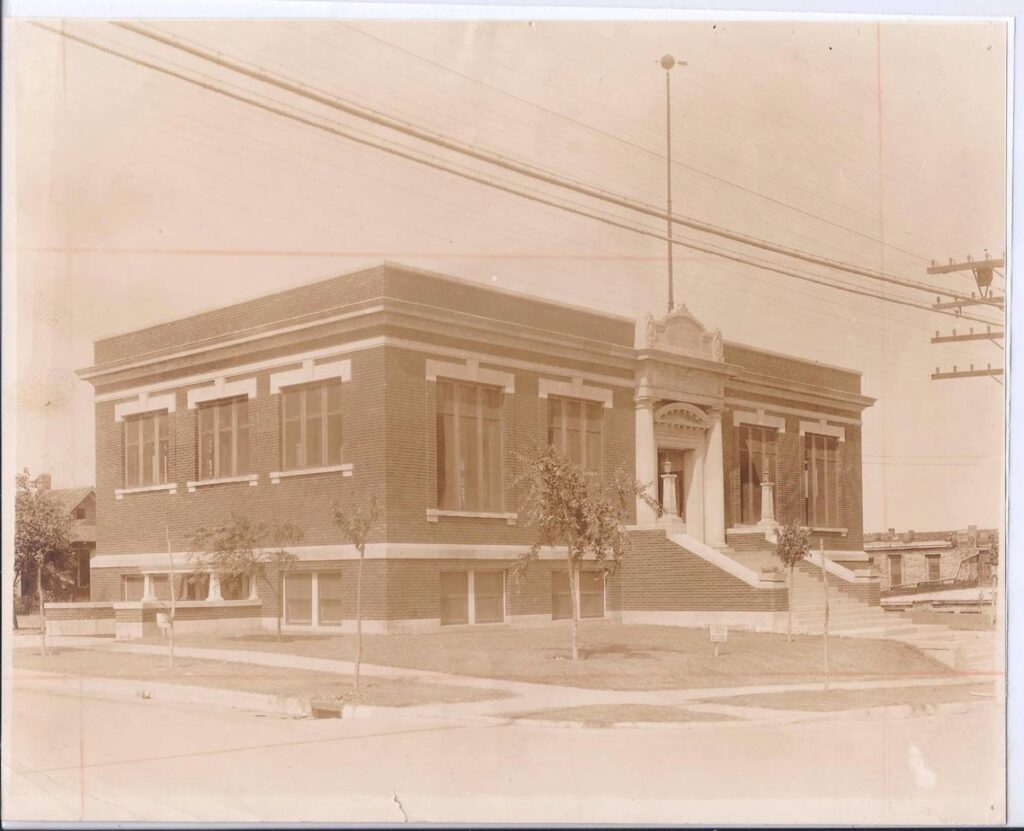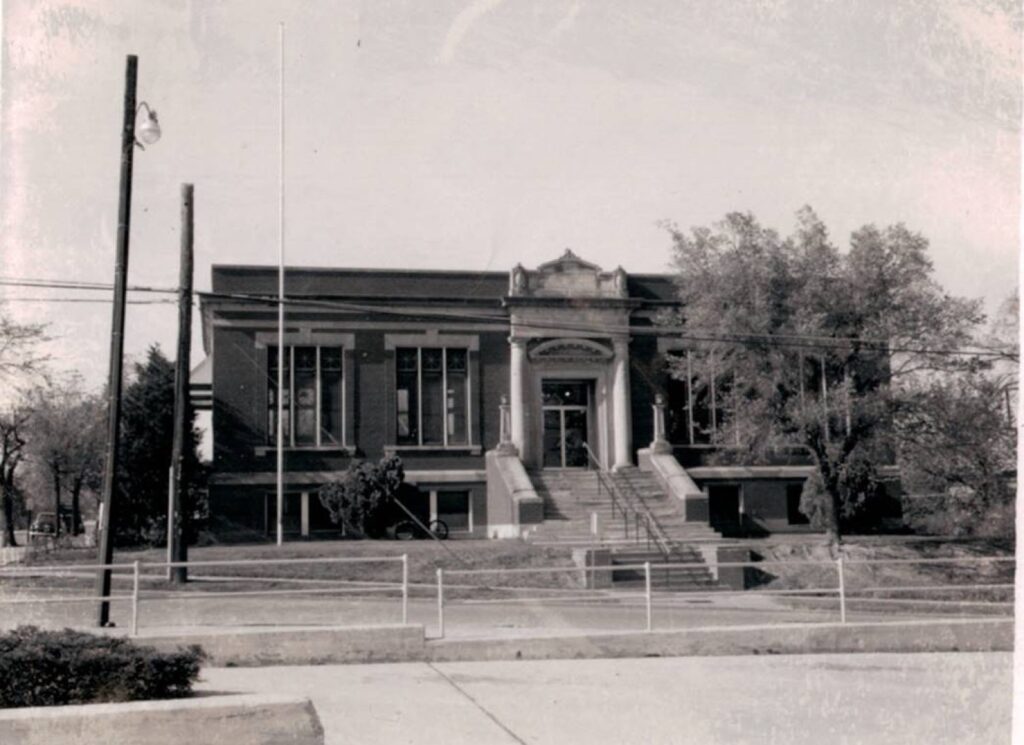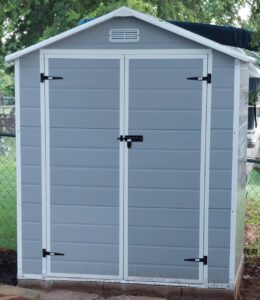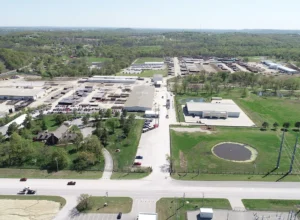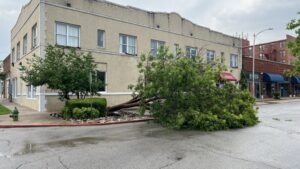Rachel Whitney,
Curator, Sapulpa Historical Museum
From Oklahoma Historical Society, “development of educational institutions in Indian Territory and Oklahoma Territory coincided with public library movement in the United States.” Carnegie Libraries were the products of the library movement just after 1900. Andrew Carnegie, a famous steel magnate, retired in 1900; he “devoted the rest of his life to philanthropy.”
With grants and the Carnegie Corporation, “more than $41 million for 1,689 free public library buildings in 1,419 communities around the United States*” would see to that many communities, including Sapulpa, would have a library.
*Note: In 1911, when the Carnegie Co. began, $41 million then is worth over $1.2 billion with inflation today.
Today’s Sapulpa Public Library, or the Bartlett-Carnegie Sapulpa Public Library, was not built overnight. It was years in the making, and years of planning, and dreaming. It was even voted on, long before its opening day. “Credit for establishing the territories’ libraries generally goes to the local Women’s Clubs, whose activities almost always included setting up local reading rooms, and collecting books to furnish those facilities with material to lend to patrons.”
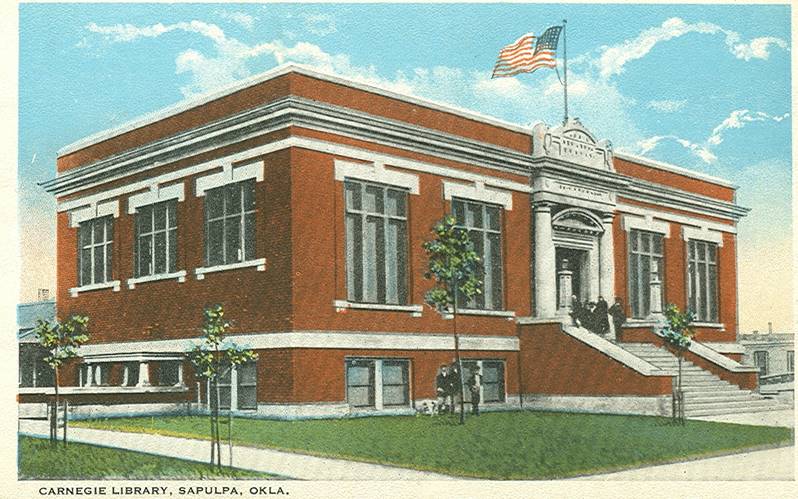
In 1915, the Women’s Club in Sapulpa that was able to bring a Carnegie Library to the community was that of the Ladies Library Club and the newly formed Women’s Chamber of Commerce.
The earliest mention of Sapulpa’s library was that of the Ladies Library Club. The library was located at 116 S Water, and would hold meetings at the Abbot Building, at 7-9 S Main St*.
*Note: This information appears in the 1904 newspapers Sapulpa Signal and Sapulpa Light, and in the 1907 City Directories.
This week in Sapulpa history, these two women’s organizations put their heads together and petitioned for a new public library, and it to a vote. “About a dozen ladies of the city composing of the old Library Club and the new Women’s Chamber of Commerce did what the men have on occasions failed to do – they carried a tax election by such a large majority that there is no question as to the result…All day yesterday [November 18, 1915] the ladies worked to get out the vote.”
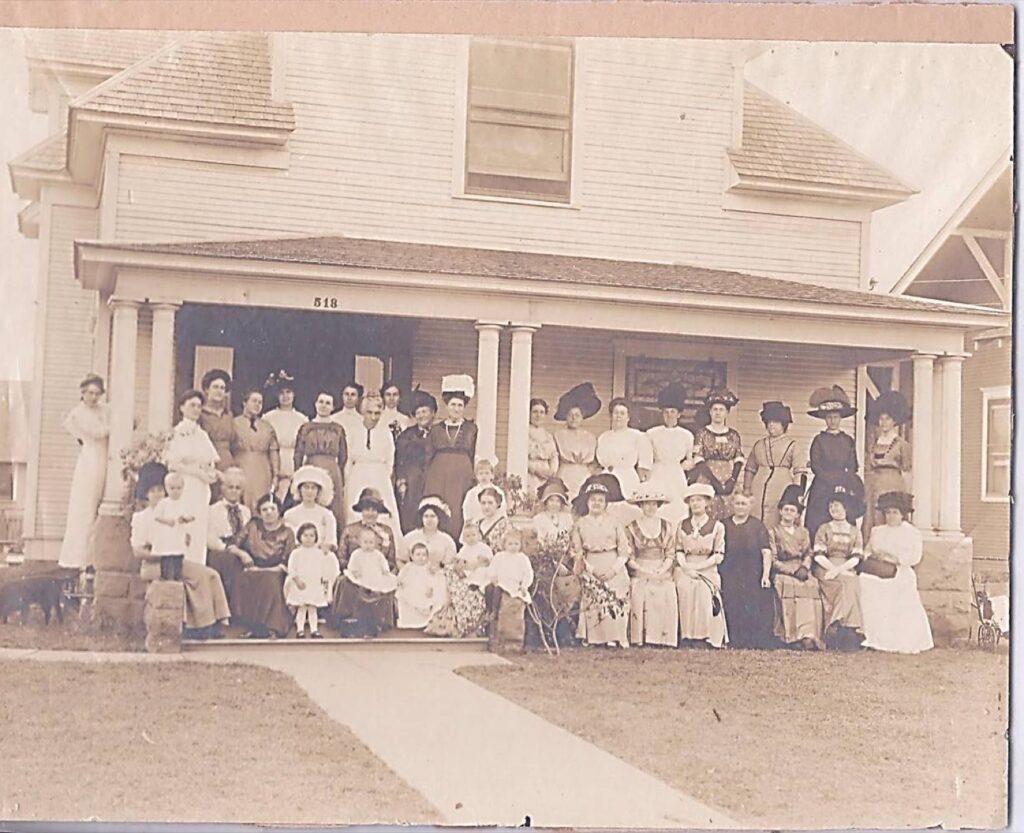
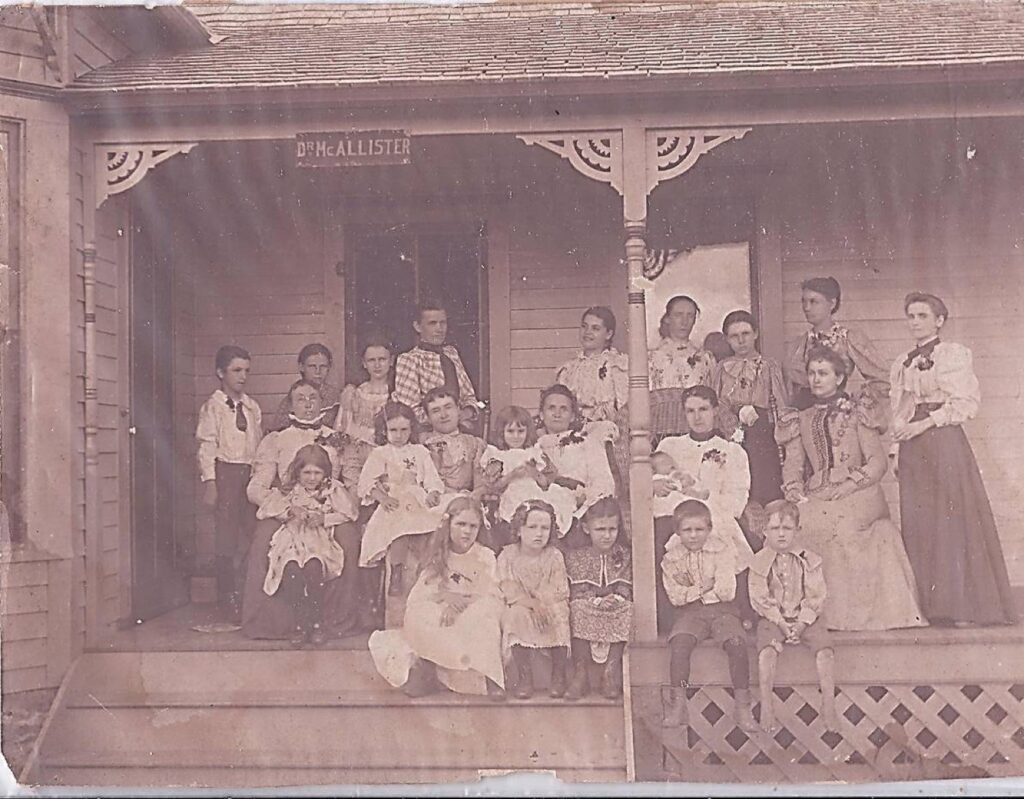
“The library half mill levy carried by 467 to 80.” It was said that with the voting results Sapulpa would have a $25,000 Carnegie Library*.
*Note: In 1915, $25,000 would be roughly around $700,000 today.
The location of the library building would have to be determined by the club and the city. The public library location at the time would not have been used. The library had been closed earlier that year because of lack of funds. It reopened later that year to be in use until the new building would be ready. “It will not be justice to the building nor to the institution to place it on lot such as the present library occupies.”
While the organizations had helped boost the vote for the library, the women also aided in boosting the vote for a hospital and board. “The hospital carried by 435 to 107…the Hospital part of the levy which is also $25,000 will be handled by a board appointed by the city and it is likely that the members of the Women’s Chamber will be placed on that board.” It was said that the women would rent a building or house where doctors and patients would be cared for; within a year, “if the experiment is a success, the ladies will go before the people and ask for a permanent Sapulpa hospital building.”
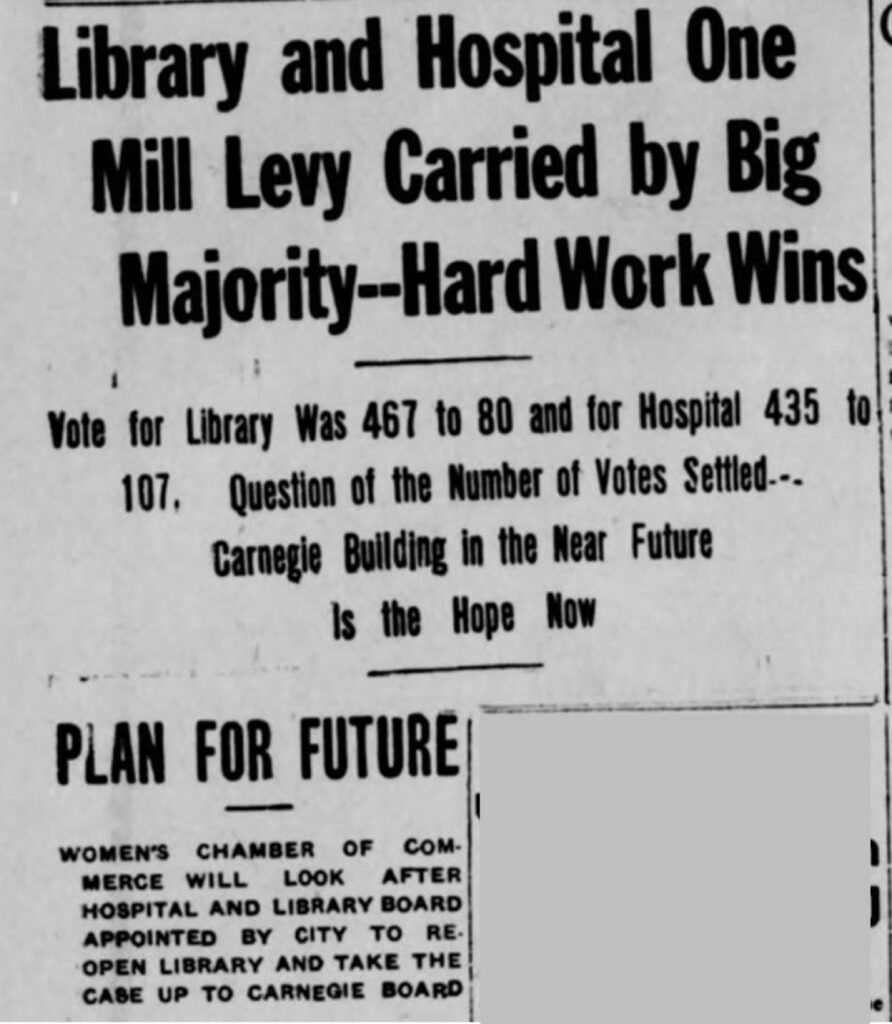
Sapulpa was one of twenty-four to receive Carnegie grants. “Oklahoma communities received $464,500” in Carnegie grants between 1899 and 1916. “The first two public library buildings in Oklahoma Territory” were in Oklahoma City in 1899 and Guthrie in 1901. Other towns included: “in 1903, Ardmore, Chickasha, El Reno; 1904, Enid, Shawnee; 1905, Tahlequah; 1906, McAlester; 1908, Bartlesville, [Ponca City]; 1909, Perry; 1910, Muskogee, Tulsa; 1911, Cordell, Wagoner, Hobart; 1914, Elk City, Frederick; 1915, Woodward, Collinsville; and 1916, Lawton, Miami, and Sapulpa*”
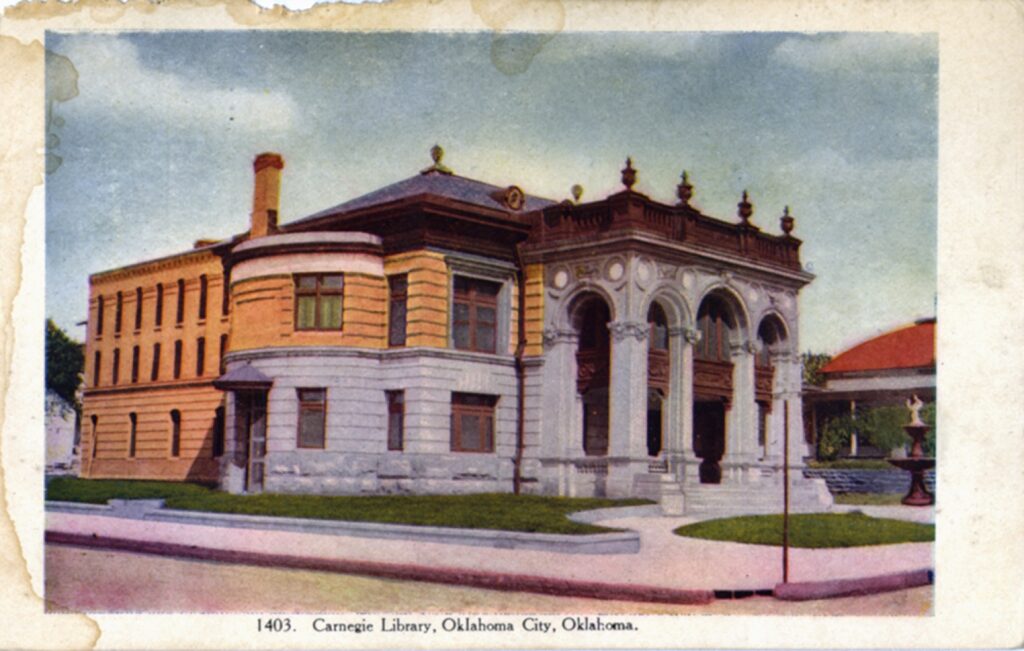
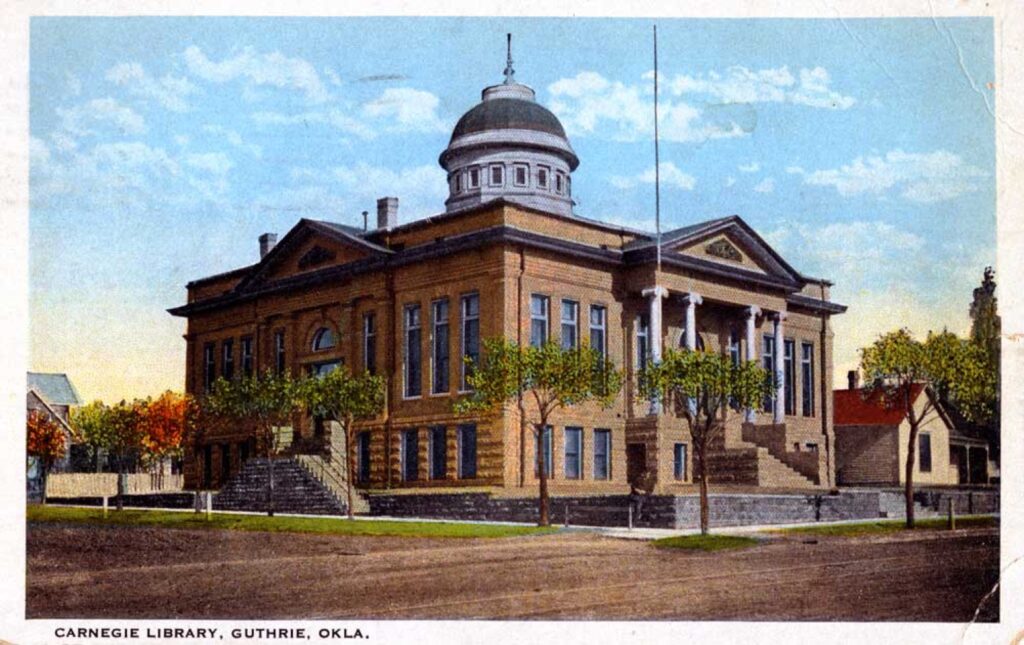
*Note: An additional academic library was added to the grants in 1903 at the University of Oklahoma; this makes 25 Carnegie Libraries listed in Oklahoma.
Of these buildings listed above, Sapulpa is one of nine Carnegie Libraries still being used as a library. There are another nine of the original Carnegie Libraries still standing, but not operating as a library.
